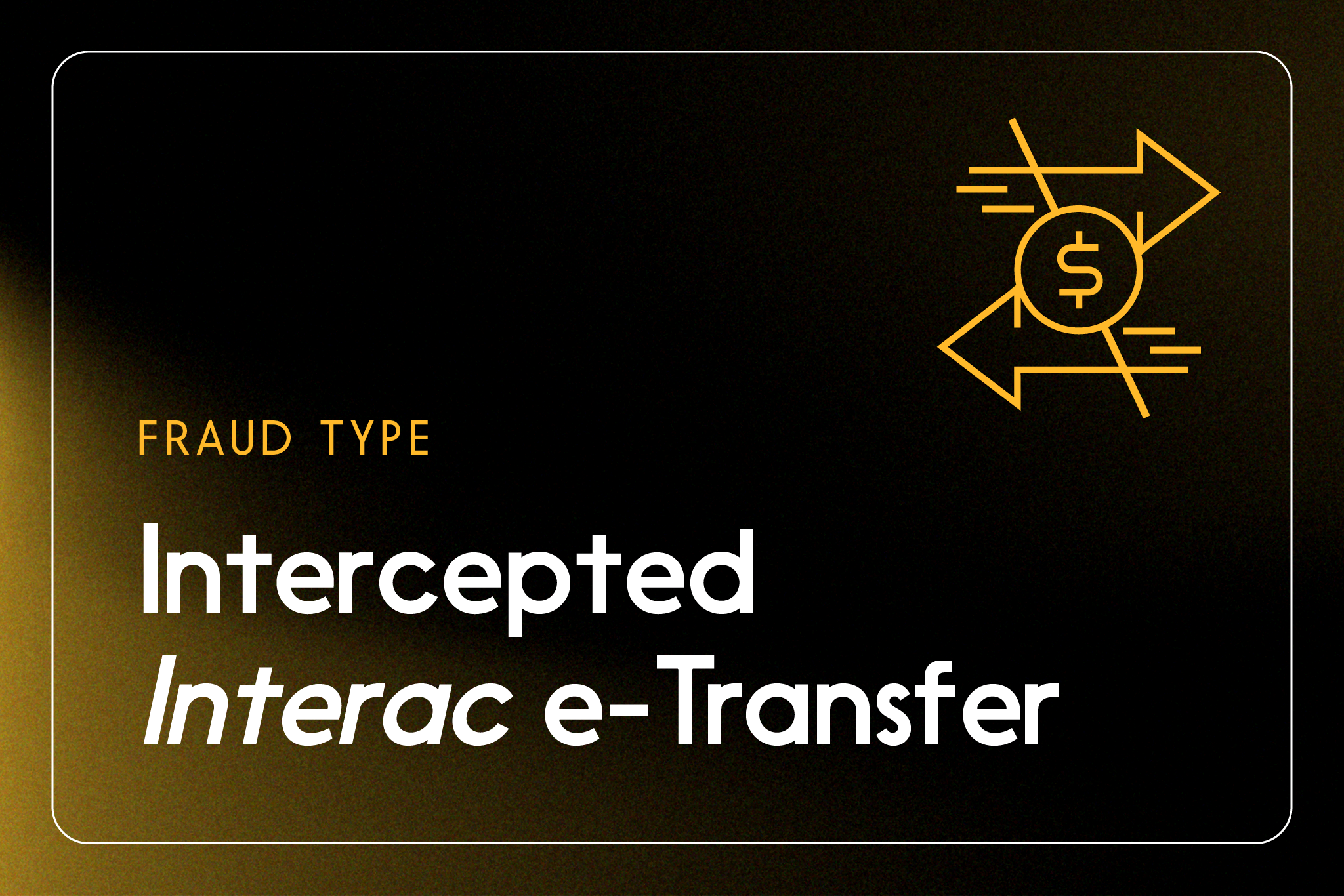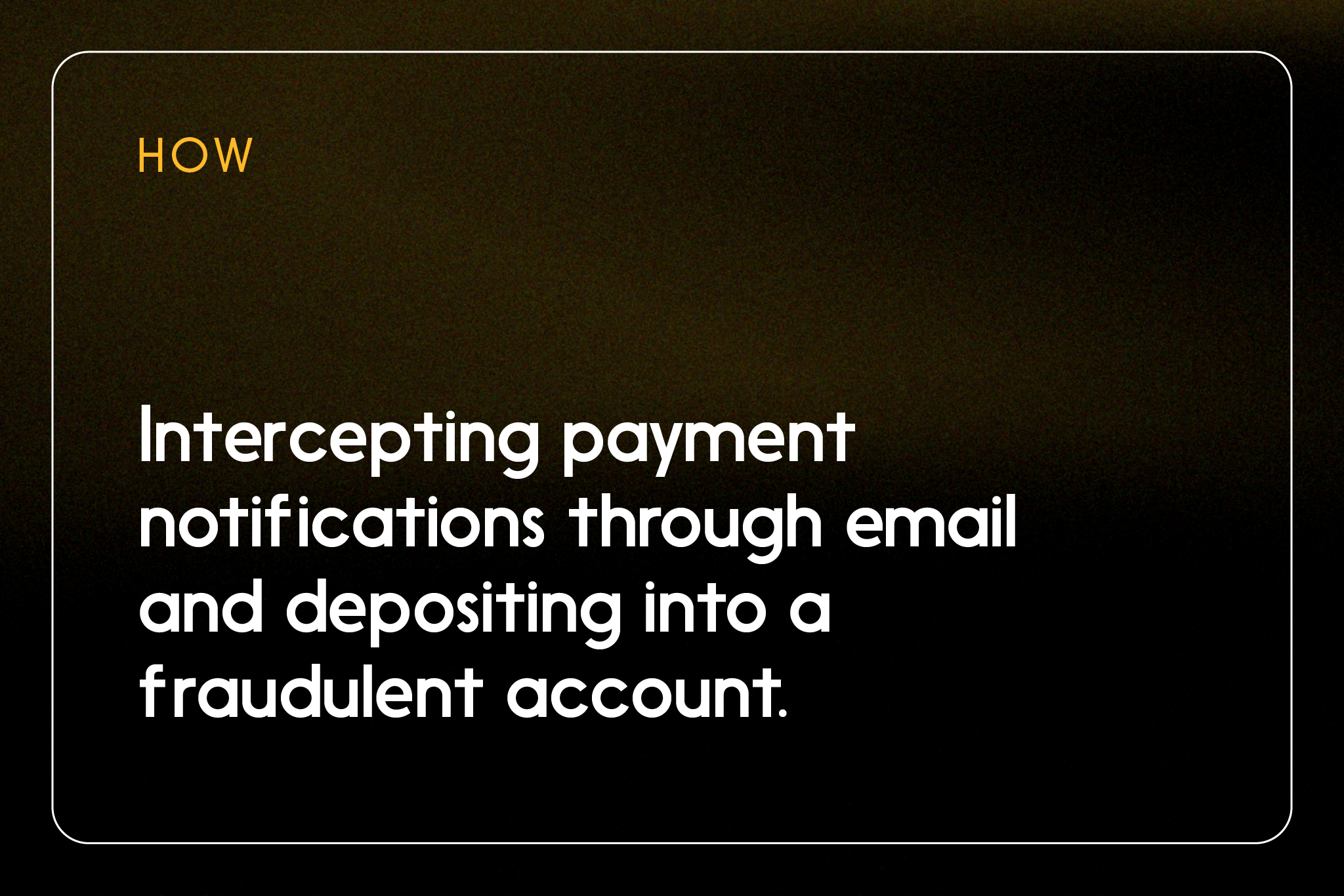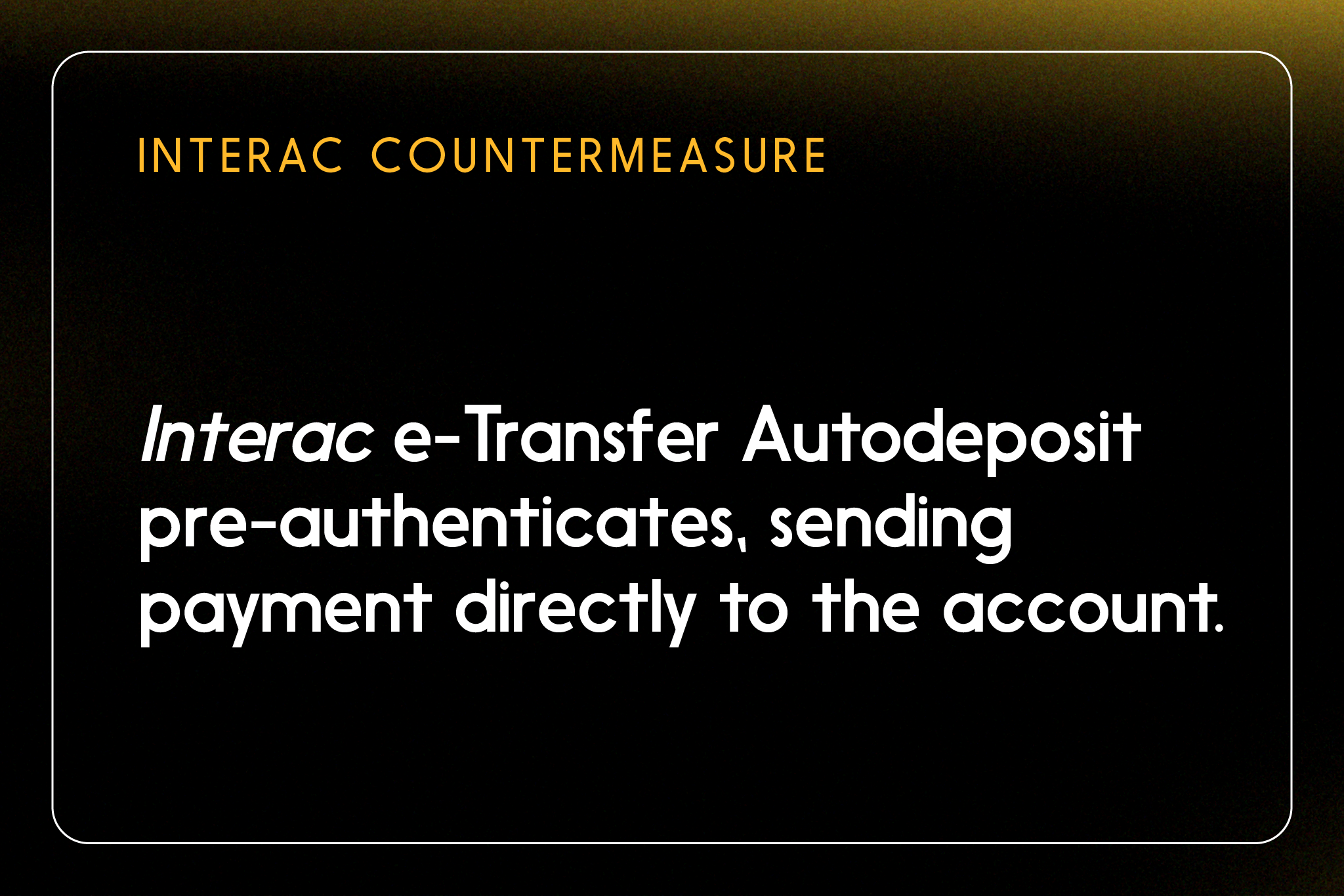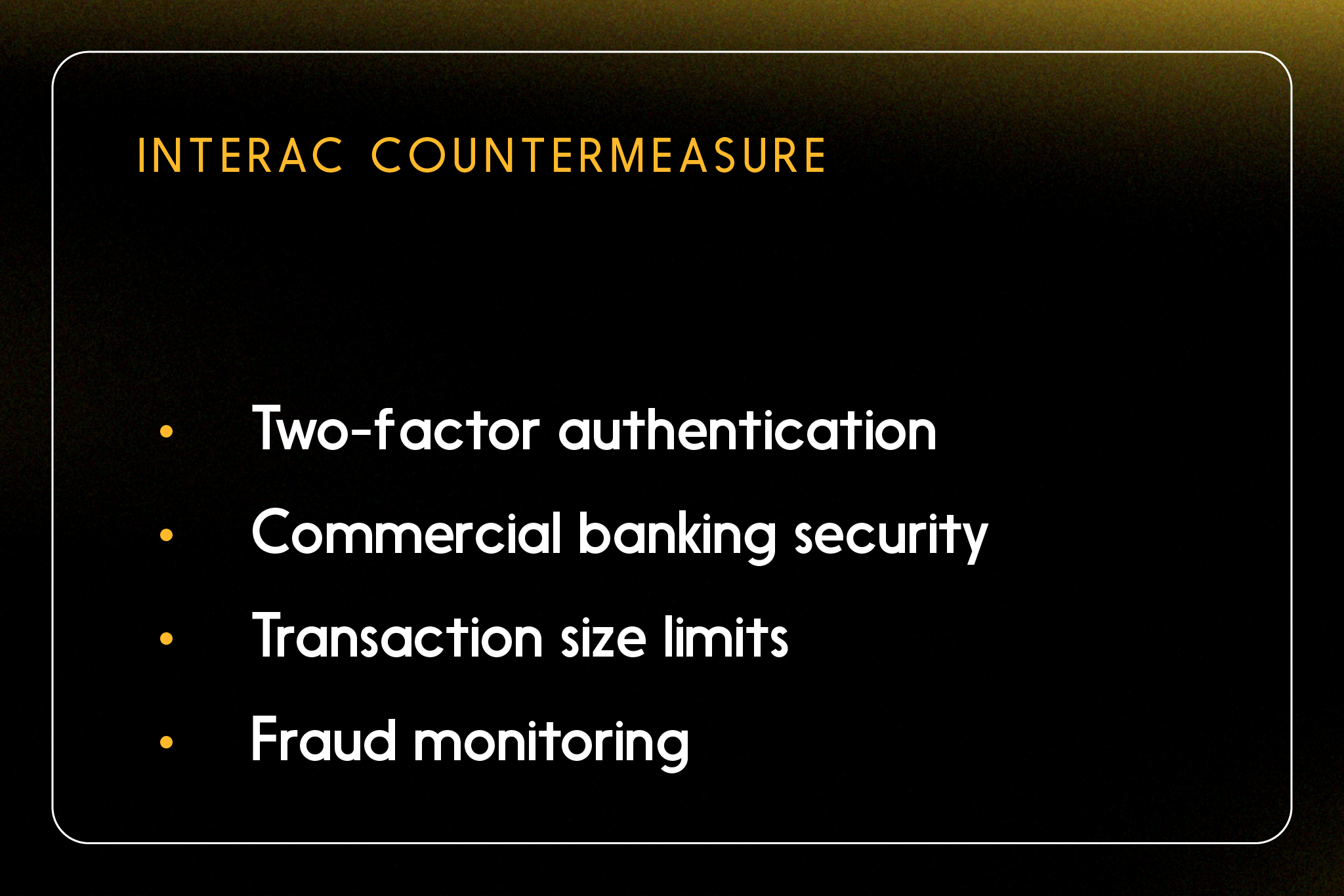Canadians continue to trust Interac e-Transfer as a safe and secure way to pay and get paid, using the service over a million times a day. Currently, nine out of ten people transact using Interac e-Transfer and the number continues to grow each year, with 49 per cent of customers doing it more often since the pandemic.
However, it’s no secret that the growth in digital payments has resulted in more opportunities for fraudsters to strike. Vigilance in fraud prevention should always remain key in foiling sophisticated fraud attempts that are on the rise as the complex fraud landscape evolves. And while Canadians can be a strong first line of defence against fraudsters, knowing that financial services and digital solutions have multi-layered, frequently updated security protections in place can provide peace of mind and the assurance to carry on their transactions knowing their money is safe.
Protecting your data from digital fraud
Behind the scenes, Interac plays a dynamic role against fraudsters. We are connected to Canada’s largest and smallest financial institutions, acquirers and merchants, and can uniquely detect and prevent fraud patterns to help keep Canadian customers safe and secure when transacting online.
Our fraud experts actively protect millions of Canadians from fraud and data theft daily through an industry-wide fraud strategy created with financial institutions and supported by law enforcement and industry partners, like the Canadian Anti-Fraud Centre and vendors that help us combat phishing websites. This has enabled us to construct a consortium view of data across the entire industry – a key advantage for fraud reduction.
The result? Fraud on Interac platforms is low. In fact, in 2021, Interac kept Canadians’ money safe by preventing $58.4M in fraud losses for Interac e-Transfer. Furthermore, for every $100 spent across the Interac Debit and e-Transfer networks, less than $0.02 was lost to fraud last year.
Interac e-Transfer is one of the safest digital money transfer services in the world. However, bad actors continue to target unsuspecting Canadians. Like any payment method, there are best practices for using the service. Customers should treat an Interac e-Transfer transaction with the same rigour and safeguards that they use when transacting with cash.
Financial institutions connected to the Interac e-Transfer platform follow the Interac e-Transfer Liability Policy, which protects consumers from unauthorized transactions and should be reimbursed by their sending financial institution. While the policy identifies scenarios where fraud perpetrated has a bank accountability, customers also play an important role in transacting safely online and should take great care when they authorize a transaction, including confirming the name and correct email address of the recipient and only transacting with trusted contacts, websites, and online vendors.
Collaborating to protect Canadians
Interac is sharply focused on protecting Canadians so they can continue to transact digitally with confidence. To bolster this protection, in August 2020, the Bank of Canada (BoC) designated the Interac e-Transfer service as a prominent payment system under the Payment Clearing and Settlement Act. This brings BoC oversight into the payment system and ensures it remains a safe, viable and effective method of payment for Canadians. It also means Interac must adhere to the BoC’s risk management standards, including having risk controls in place to ensure continued resilience.
In March 2021, Payments Canada selected Interac as the exchange solution provider for the country’s new Real-Time Rail (RTR), a real-time payments system that will enable fast, data-rich payments and a platform for payments innovation. Once live, the new system will give governments, businesses and financial institutions of all sizes the ability to move meaningful sums of money instantly and with certainty.
In building the exchange solution for the RTR, Interac is leveraging the technology behind the Interac e-Transfer service, including support for the ISO 20022 messaging standard, as well as compliance with the Bank of Canada’s risk management standards for prominent payment systems.
The launch of Interac e-Transfer for Business in August 2022 marked an important step in the Interac payments modernization roadmap. Interac e-Transfer for Business provides a fast, efficient and ubiquitous payment solution for Canadian businesses to send and receive payments for commercial transactions. Once the RTR is completed, Interac e-Transfer for Business payments will use the new RTR exchange for processing.
Security benefits of using Interac e-Transfer for Business include reduced counterfeit risk; confirmed availability of funds; transactions protected by security features of existing banking platform, built-in encryption and detection models and sending money directly to a recipient’s bank account.














